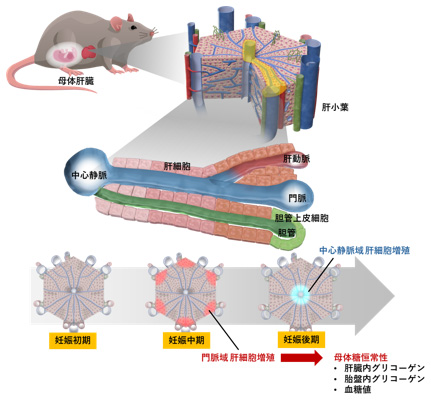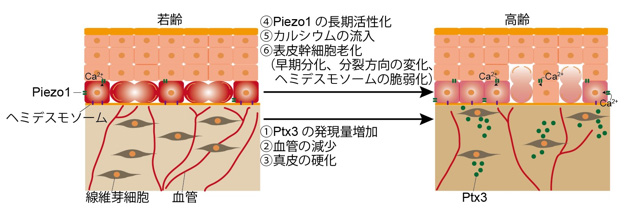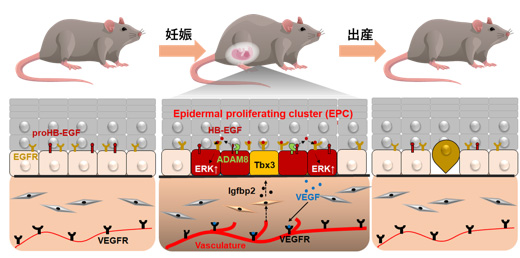About us
Crosstalk of various cells within each organ and networks between multiple tissues play important roles in maintaining homeostasis in our bodies. We are investigating the mechanisms of organ and tissue remodeling and their physiological functions to adapt to physiological changes that occur during life events and stages. We aim to understand the biological responses to maintain homeostasis at single-cell level, and applying the understanding to medical therapies.




